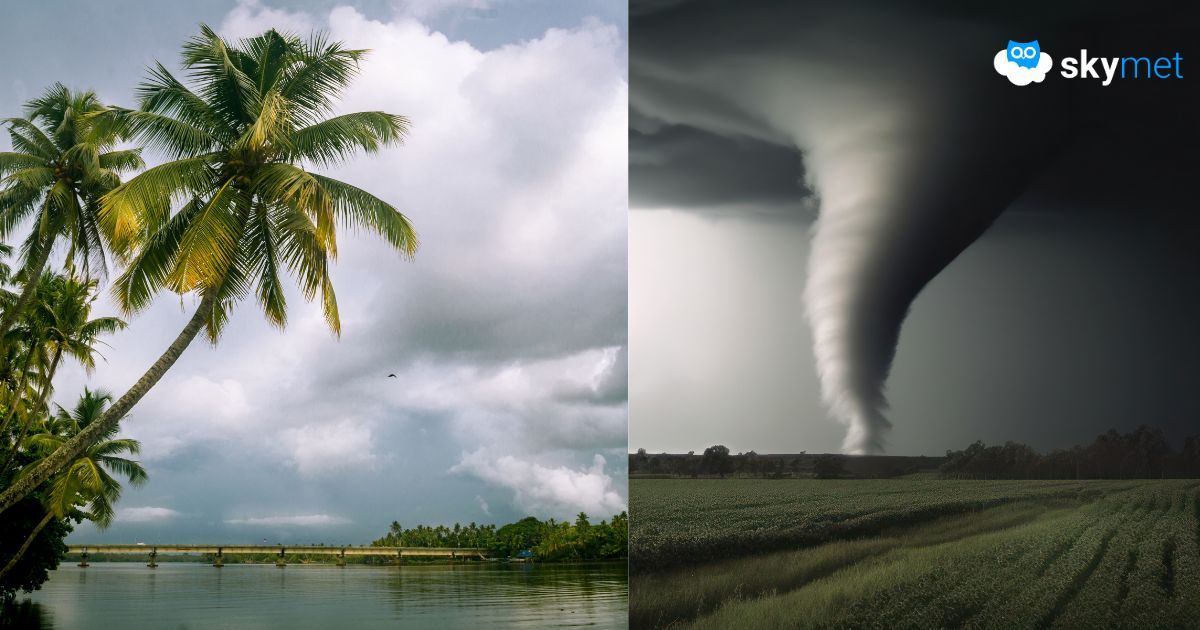As on predicted lines, the remnant of Typhoon Wipha travelled across East Asian countries and finally emerged as a strong monsoon system over the Bay of Bengal. The weather system tracked across eastern and central parts of the country and is now breathing its last as a feeble low-pressure area over North Madhya Pradesh and East Rajasthan. Its lifespan will last for another 2–3 days before it breaks up in the hills of Uttarakhand.
The low-pressure area and the zone of convergence in the forward section will cause heavy rainfall over West Madhya Pradesh, East Rajasthan, and some parts of Gujarat between 29th and 31st August 2025. Thereafter, the system will recurve towards the foothills of the Himalayas and get subsumed and lose its identity. The monsoon trough will get dragged along with it and shift closer to the foothills, extending from Punjab, Haryana, West Uttar Pradesh, borderline areas of Nepal, Bihar, Sikkim–Sub-Himalayan West Bengal, Arunachal Pradesh, and Assam & Meghalaya.
Break-in-Monsoon literally means that the monsoon trough shifts all along the foothills of the Himalayas. Truly speaking, on many occasions, the trough cannot be located at all. The heavy rainfall belt shifts along the foothills and occasionally spills over a little deeper into the adjacent plains. The special feature of a ‘Break-Monsoon’ is that heavy bursts of rainfall do not take place simultaneously all along the stretch of foothills. Normally, there are east–west oriented strips of about 300–400 km each, with large gaps in between. Over Sikkim–Sub-Himalayan West Bengal and Assam & Meghalaya, there are very few gaps, and the rainfall stretch is long and continuous.
Delhi Rains: Delhi Weather Forecast Snapshot / Explained Version
Active monsoon conditions vacate most parts of the country during a Break-Monsoon. Parts of Tamil Nadu and Coastal Andhra Pradesh do get scattered rainfall on a few occasions. The West Coast generally remains dormant. Foothills of Bihar and neighbouring plains get heavy rainfall. The danger of floods becomes large over the state through the rivers originating in the Nepal and Tibet region. Heavy rainfall in Bihar does more harm than any good during this phase. Northeast India also gets prone to floods on account of the rising Brahmaputra flowing across the Assam Valley.
Resumption of the normal monsoon phase starts only after a fresh monsoon system appears over the Bay of Bengal. This is for the simple reason that any fresh system will drag the eastern end of the monsoon trough southwards. Subsequent travel of these systems deep inland brings normalcy and restores the position of the monsoon trough. A prolonged ‘break’, if any, carries the potential to spoil the monsoon rhythm and send some parts of the country into despair. Break-in-Monsoon is invariably followed by active monsoon conditions over large parts of the country.













